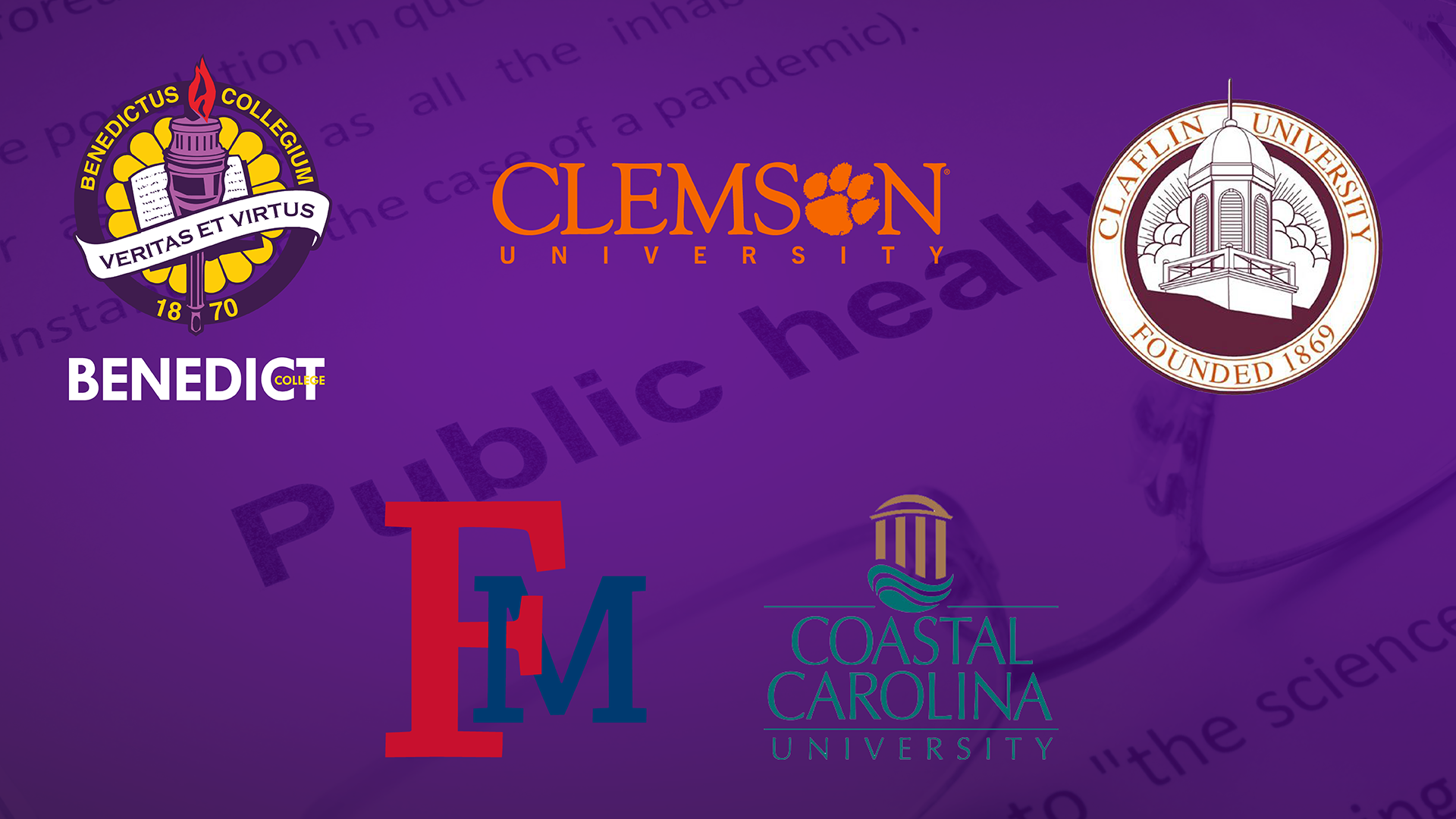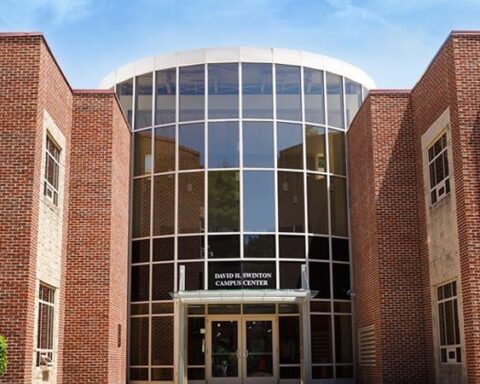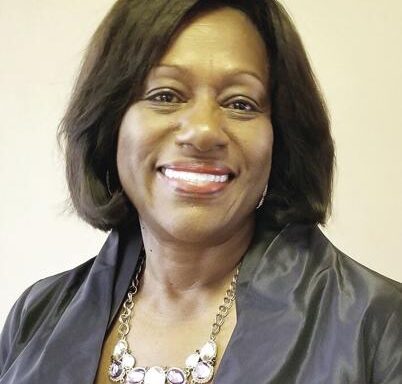Courtesy of Benedict College
Benedict College will participate in a Clemson led statewide effort to prepare students as medical reserve corps volunteers. The Clemson University School of Nursing received an award of more than $2.7 million to develop a network of diverse undergraduate students who can organize locally to assist communities during disasters and other emergencies. The grant provides for a multi-institutional collaboration that includes Clemson, Benedict College, Claflin University, Coastal Carolina University, and Francis Marion University.
Each school will engage 100 students to join the corps during the two-year grant period through this initiative. With this grant, students will be provided an opportunity to learn about volunteering in the medical, behavioral health, and non-medical communities during emergency situations. The students will complete a workforce development program that will introduce them to the professional field of emergency response and preparedness. A primary goal of the initiative is to help address the emergency response worker shortage, a problem that the COVID-19 pandemic revealed.
“Benedict College is proud to partner with Clemson University and our peer institutions to provide our students with an invaluable opportunity to receive workforce development that will support the community during critical times,” said Dr. Roslyn Clark Artis, President and CEO. “Benedict College has been a strong community collaborator with the South Carolina Department of Health and Environmental Control throughout the pandemic and will continue to support their efforts through the student medical reserve corps volunteers’ program.”
Clemson School of Nursing Director Kathleen Valentine said it is important for higher education institutions to build the capacity for volunteers committed to community well-being and emergency response to respond to the increasing number of emergency situations in South Carolina and nationally. “We also aim to inspire other institutions through our efforts with our academic colleagues to grow this capacity within their communities,” Valentine said. “Working together, and with the support of the South Carolina Department of Health and Environmental Control (SC DHEC) and the CDC, will make a difference in our response to high-level emergencies.”
Henry Counts, the Benedict College Project Director, noted, “The Health Physical Education and Recreation Department and the Public Health major are delighted to be a part of this collaborative healthcare movement. Our students will be able to gain valuable experiences in Public Health and Emergency Preparedness suitable to volunteer for emergency and public health response within local, state, and global communities.”
Additionally, Dr. Tami Ashford Carroll will serve as the Program Coordinator, Professor Scott Blanks will be the Faculty Liaison, and Dr. Paula Shelby will serve as the Campus Liaison.
There are approximately 1,828 volunteers within the South Carolina Public Health Reserve Corps, consisting of 1,287 non-licensed and 641 licensed health and social science professionals. The grant seeks to expand the workforce, provide students with discipline-specific clinical experiences, and outreach with a focus on health equity and public health emergency management education. The grant is sponsored by the Federal Emergency Management Agency and South Carolina Department of Health and Environmental Control (CDC).
Students will begin training in Spring 2022 and complete all qualifications each year of the two-year project. Some training modules will include contact tracing certification, program management, behavioral health self-care, social determinants of health, human caring and care of marginalized populations, and global/transcultural health.
Shirley Timmons, project director and Clemson University School of Nursing professor, notes that the project aims to help address health disparities that currently impact too many lower-resourced communities. “Public health spans the gamut of impacting our lives – from health equity to emergency and disaster management. There is a critical role for all to play – from students to non-students,” Timmons said. “Those gaps in health care resources that were and continue to be exposed during the current pandemic highlight the need for a broader, more diverse, prepared workforce working together to serve the needs of local and global communities. Our project is designed for that end.”
Valentine agrees, noting that the project builds on the School of Nursing’s focus on outreach to vulnerable populations through the Center for Research in Health Disparities, whose board will work with students. “Students will be able to see national leaders address issues of social determinants of health-related to vulnerable populations, and the board members will lend their expertise and support opportunities to explore collaborative education and practice research,” Valentine said. “These students from diverse disciplines and backgrounds will be important advocates within their communities.”
The project is also an example of how collaboration can bring about meaningful work that improves lives and shapes communities, says Leslie Hossfeld, dean of the Clemson University College of Behavioral, Social and Health Sciences, which is home to the School of Nursing. “The project brings together students from different universities and people with various areas of expertise for a common goal of helping individuals and communities when they need it the most,” Hossfeld said. “It is a shining example of how our college focuses on building people and communities through partnership and shared vision. I am delighted that students from Clemson and across the state will be able to assist their neighbors as a result of this program.”
This project is supported by grant #1NU90TP922168-01-00, funded by the Centers for Disease Control and Prevention. The contents of this publication are solely the responsibility of the authors and do not necessarily represent the official views of the Centers for Disease Control and Prevention or the U.S. Department of Health and Human Services.





